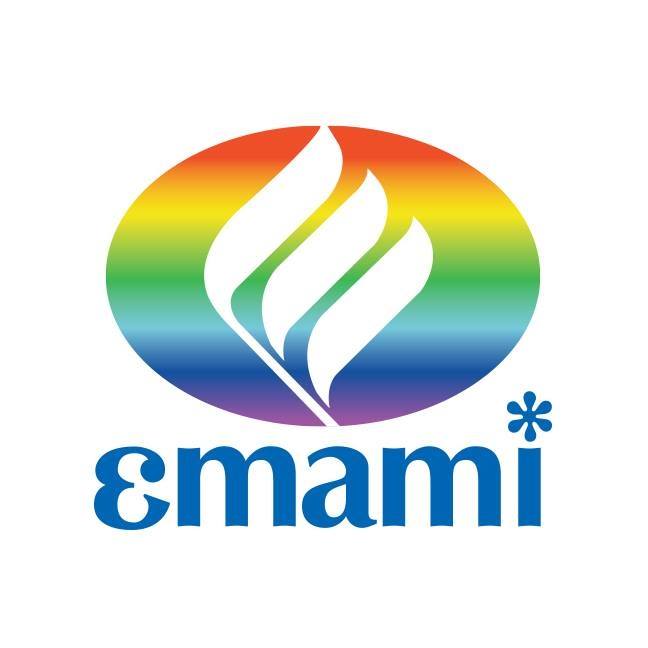India’s venerable chronicle of wellness has opened a gleaming new page, illuminated less by incense than by silicon. Ayurveda no longer lingers beside a weather‑worn mortar and pestle; instead, it strides into glass‑walled laboratories where AI maps every phytochemical constellation and IoT devices trace each leaf from soil to serum. Consequently, algorithm‑driven micro‑batch production recreates the rishi’s recipe with unwavering fidelity, banishing the age‑old spectre of variability. Meanwhile, blockchain stitches an incorruptible ledger through every supply‑chain link, so a single scan reveals the entire pilgrimage of each potion. Transparency breeds trust—trust, in turn, matures into quiet, daily loyalty.
Yet innovation must answer to a yardstick. Therefore, research institutes and regulators now collaborate on uniform standards that strain out adulterated brews and elevate the authentic. Government policy accelerates this purification. Tax breaks reward green extraction technologies; research grants bankroll genomic mapping to authenticate every herb; and Ayushmark export corridors speed certified products to distant shelves. With every policy lever pulled, the bar of quality rises and the marketplace grows cleaner.
Post‑pandemic consumers, chastened yet discerning, now seek holistic immunity and clean beauty in bottles backed by proof, not promises. Accordingly, demand for verified Ayurvedic formulations ascends along a sharp, sustained arc. Thus emerges a virtuous triad: technology sharpens precision, policy guarantees probity, and tradition supplies the timeless narrative. Together they position India as the undeniable epicentre of premium Ayurvedic beauty coveted by an increasingly health‑conscious world.
Against this dynamic backdrop, Dr Anurag Gupta, Lead Regulatory at Emami Ltd., offered revealing insights during ASSOCHAM’s 3rd Conference on Beauty, Wellness, and Traditional Medicine—aptly titled “From Tradition to Transformation: Shaping the Future of Holistic Health.” In an exclusive dialogue with The Interview World, he detailed how Emami harnesses data‑driven R&D to anticipate evolving tastes in Ayurveda, envisioned the next wave of Ayurvedic beauty, championed rigorous procurement standards, and spotlighted government’s pivotal role in cementing India’s global competitiveness. The following highlights distil his compelling perspective.
Q: How is Emami innovating within the Ayurvedic space to meet evolving consumer needs?
A: We channel innovation on two parallel fronts. First, our nutraceutical division designs science‑backed supplements that answer modern, day‑to‑day wellness needs. Second, our personal‑care arm crafts formulations that fuse efficacy with sensorial appeal.
Within beauty, we pursue twin tracks. One showcases cutting‑edge cosmetics; the other champions Ayurvedic‑infused counterparts that respect traditional wisdom. Multiple projects now move from lab bench to market—some nearing launch, others deep in clinical studies. Each step brings us closer to a comprehensive, future‑ready portfolio.
Q: With Ayurveda gaining traction both in India and globally, how do you envision the future of Ayurvedic beauty products?
A: The opportunity is immense. Consumers everywhere demand products that deliver results without harsh chemicals or unwelcome side effects. When we align our strategy with this expectation, the potential turns global. Beauty, unlike ingestible or therapeutic healthcare, faces lighter regulatory headwinds. As a result, we can scale across borders swiftly and decisively.
Q: Technology integration is increasingly seen as essential for advancing Ayurveda. What is your perspective on this?
A: Innovation becomes non‑negotiable the instant you pursue scale. Classical Ayurvedic techniques serve a boutique operation well, yet they stall when production must surge. At that point, leadership must re‑envision processes, inject fresh technology, and build new muscle.
Capacity, after all, must track ambition. The blueprint that powers a ₹100‑crore enterprise will collapse under a ₹1,000‑crore mandate. Consequently, we must pivot—retool plants, digitise workflows, and adopt data‑driven quality checks—to sustain momentum at ten times the volume.
Importantly, we need not invent every piece from scratch. Many proven solutions already exist; our job is to integrate them with discipline and imagination. When we do, scale stops being a hurdle and starts becoming a catalyst for smarter, faster growth.
Q: What policy measures should the government introduce to improve raw material procurement and ensure standardization in the Ayurvedic industry?
A: Successive administrations have drafted a raft of well‑intentioned policies, yet most farmers remain unaware, unmotivated, or under‑incentivised. Consider the cultivator who raises a so‑called “cash crop.” In theory, the label implies prosperity. In practice, many Ayurvedic botanicals fall into the “weed” category, commanding barely ₹10 per kilogram. At that price, neither the grower nor the labourer can cover costs, let alone profit.
The remedy begins with a fairer value cascade. Revenue must flow back through the entire supply chain, not pool at the industry’s apex. When processors and brands reap disproportionate margins, rural producers languish—and development stalls. Sustainability, therefore, is not a slogan; it is a disciplined commitment to circulate earnings from marketplace to farm gate.
Government can accelerate this shift. First, communicate clearly: what to grow, how to grow it, and where the incentives lie. Next, build a digital marketplace that pairs verified growers with buyers at transparent prices. Crucially, integrate Access and Benefit‑Sharing (ABS) rules into this platform. Without such clarity, the present ABS regime—introduced under bio‑resource regulations—merely adds paperwork and provokes resistance.
Tax policy demands equal scrutiny. Each new levy lands on industry balance sheets but ultimately migrates to the consumer’s bill. Higher costs dampen demand, pushing the entire circular economy off its axis. A smarter approach would reward companies that demonstrably channel a share of profits to primary producers, while easing the fiscal burden on compliant firms.
In short, prosperity in the herbal value chain hinges on three decisive actions: reward the farmer, streamline regulation, and align taxes with sustainable outcomes. Do this, and the sector will no longer limp from policy to policy; it will stride toward enduring, inclusive growth.
Q: Global demand for quality Ayurvedic products is rising, yet major producers struggle to meet it. How do you view this challenge?
A: We still gauge Ayurvedic botanicals with instruments built for another discipline, and the mismatch shows. Modern pharmacopoeias isolate a single “marker compound,” then deem the whole plant compliant or deficient. Yet one herb can harbour dozens of bio‑actives that work in concert. By measuring only one, we misread the whole symphony—and sometimes miss it altogether.
Consequently, India keeps borrowing foreign protocols simply because our exporters must satisfy overseas regulators. That reflex might ease market entry, but it also drags Ayurveda into a Procrustean bed of standards never meant for it. We cannot keep trimming our science to fit someone else’s template.
Instead, we need deliberate harmonisation. First, the Government of India must lead a task force of clinicians, pharmacologists, and industry experts to draft Ayurveda‑specific benchmarks. These benchmarks should recognise the plural chemistry of each plant, validate traditional processing methods, and establish robust, multi‑compound assays. Next, New Delhi should champion these standards at ISO committees and regional trade forums, much as Beijing has done for Traditional Chinese Medicine. Once endorsed internationally, the guidelines would give exporters a clear, authoritative rulebook while preserving the complexity that makes Ayurveda unique.
True, no single rulebook will suit every jurisdiction; cultural context and local flora will always differ. However, a consensus framework—one that accommodates national addenda—can still streamline compliance, cut paperwork, and elevate consumer trust worldwide. Each country would map its own specifics onto a shared foundation rather than invent an entirely new edifice.
In short, we can abandon the piecemeal adoption of foreign metrics and build a cohesive, India‑led standard for Ayurvedic products. When we measure the full spectrum of plant constituents, align domestic policy with export needs, and negotiate mutual recognition abroad, we advance both scientific integrity and commercial reach. Harmonise first, and global acceptance will follow.









